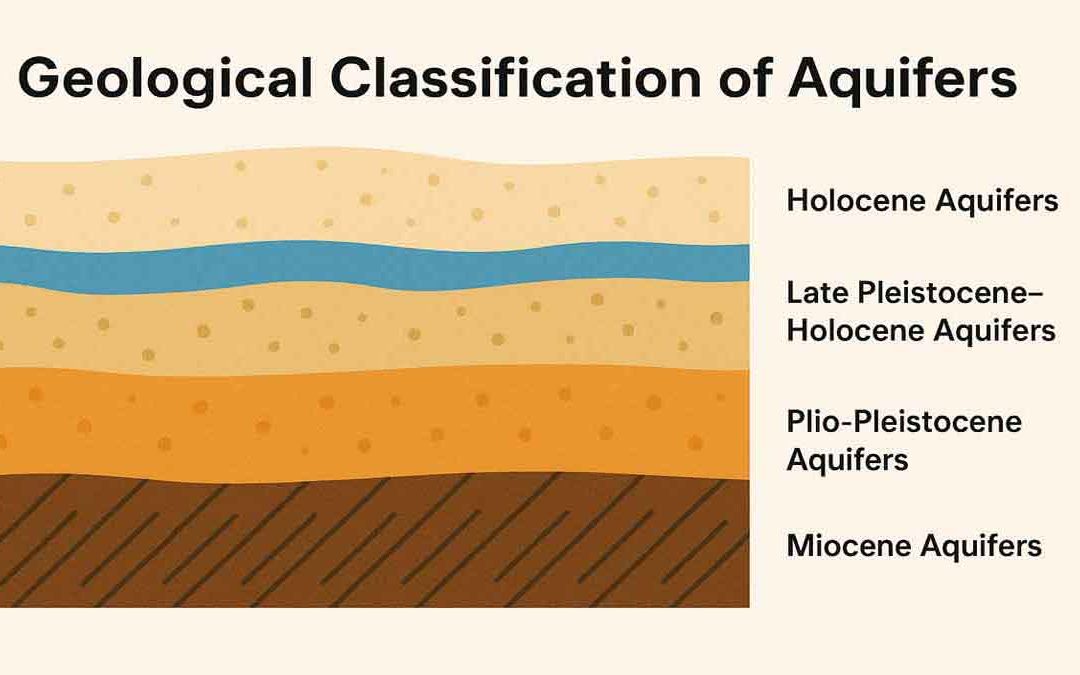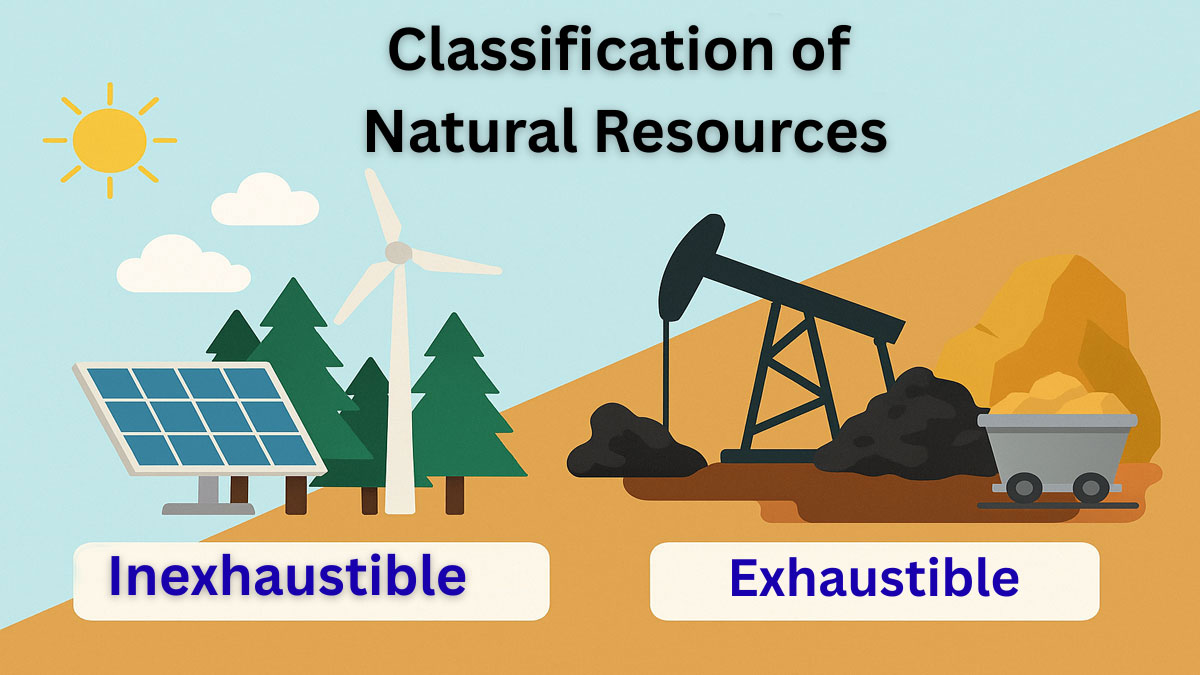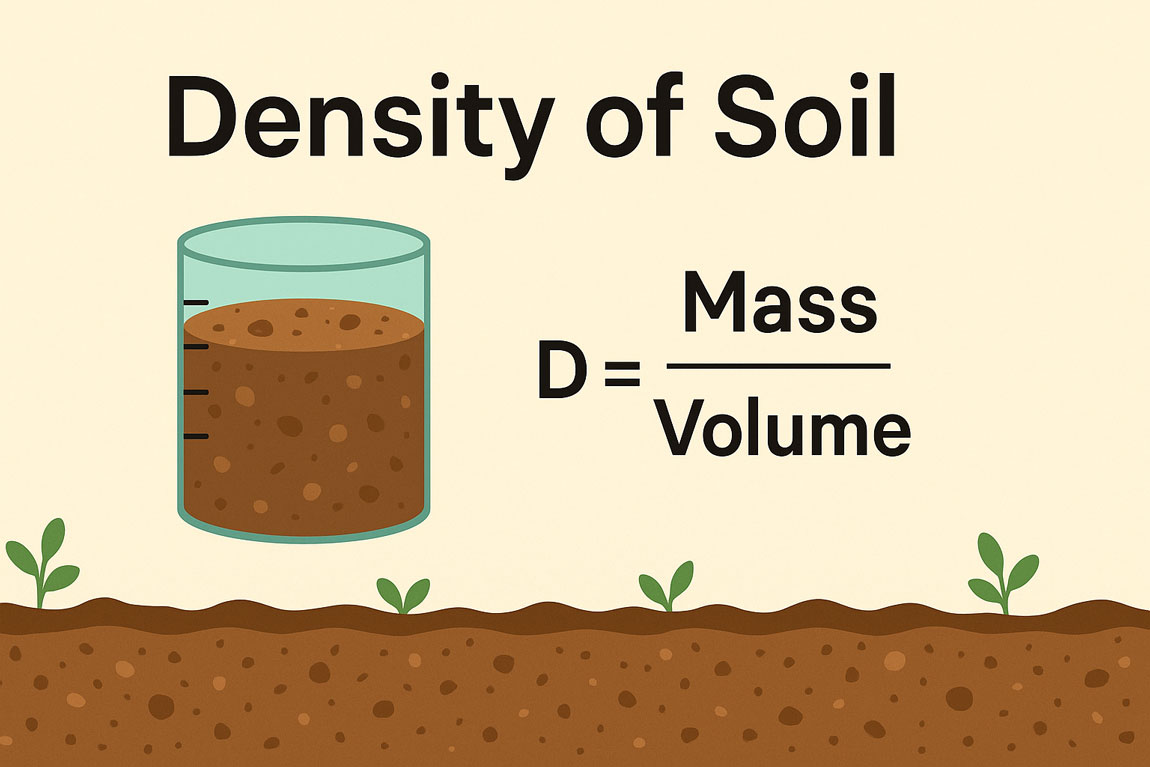Classification of Aquifers:
Geologically, they can be classified based on the age and composition of the sediments or rocks that host them. The four main types are:
- Holocene Aquifers
- Late Pleistocene-Holocene Aquifers (Unconsolidated to semi-consolidated):
- Plio-Pleistocene Aquifers (Semi-consolidated)
- Miocene Aquifers (Consolidated)
Holocene Aquifers:
(a) Upper Holocene Aquifers:
- The Upper Holocene Aquifers are developed all over the deltaic and flood plain areas. This does not occur in the Chandina Formation areas (Tippera Surface).
- The lower part is composed of silt and clay at the bottom, and fine sand at the top. The upper part is composed of silt and clay, and is commonly found to be inter-bedded or mixed with medium sand.
- In BWDB-UNDP (1982) classification this aquifer is mentioned as Upper Composite Aquifer, in DPHE-BGS (2001) report it is considered as Upper Shallow Aquifers and Aggarwal et al. mentions it as the First Aquifer.
- Aggarwal et al. (2000) dated water from this aquifer as about 100 years old. Water of this Upper Aquifer is also affected by arsenic contamination. Holocene aquifers contain a number of sand layers/lenses that are stacked and interconnected, which makes them of leaky type.
(b) Middle Holocene Aquifers:
- Above the Late Pleistocene-Early Holocene Aquifer lies the fine sand which becomes coarser in the upper part. This sandy sequence varies greatly both vertically and horizontally. The upper part also contains silt and peaty organic matters.
- These Mid- Holocene Aquifers may be considered as in a similar position in the geological section as the Main Aquifer (BWDB-UNDP 1982), the Second Aquifer (Aggarwal et. al. 2000) or the Lower Shallow Aquifer (DPHE-BGS 2001) in the floodplain and deltaic areas of Bangladesh. Aggarwal et al. (2000) dated water from this aquifer as about 3000 years old. Most of the ground water in Bangladesh is withdrawn from this aquifer and the water is severely affected by arsenic contamination.
- The sediment from the surface samples in the Chandina Formation areas (Tippera Surface) dates around 6,000 ka. In this area the Middle Holocene aquifer is encountered nearest to the surface, but in most of the river basin and the delta plain areas this is at different depths.
2) Late Pleistocene-Holocene Aquifers (Unconsolidated to semi-consolidated):
- The Late Pleistocene-Early Holocene Aquifers are not continuous all over the country. This to some extent corresponds to the Deep Aquifer of BWDB-UNDP study (1982), lower part of the Deep Aquifer of the DPHE-BGS study (2001) and the Third Aquifer of Aggarwal et al. (2000). Aggarwal et al. has dated water from this aquifer as about 20,000 years old.
- The sediments of this aquifer to some extent correspond to the Late Pleistocene-Early Holocene Unit of the sediment section.
- Water within this aquifer is found to be arsenic safe but heavy withdrawal from this aquifer needs further study.
3) Plio-Pleistocene Aquifers (Semi-consolidated):
- The Plio-Pleistocene Aquifers of the Dupi Tila Formation lies beneath the Pleistocene Madhupur Clay Formation.
- This aquifer is composed of light gray to yellowish brown, medium to coarse sand with pebble beds.
- All of the water for Dhaka City is withdrawn from this aquifer but the water is as yet arsenic safe. This aquifer is confined to semi-confined.
4) Miocene Aquifers (Consolidated):
- Tipam Sandstone Formation of Chittagong Fold Belt
- Upper Bokabil Sandstones: Local aquifer with low transmissivity






